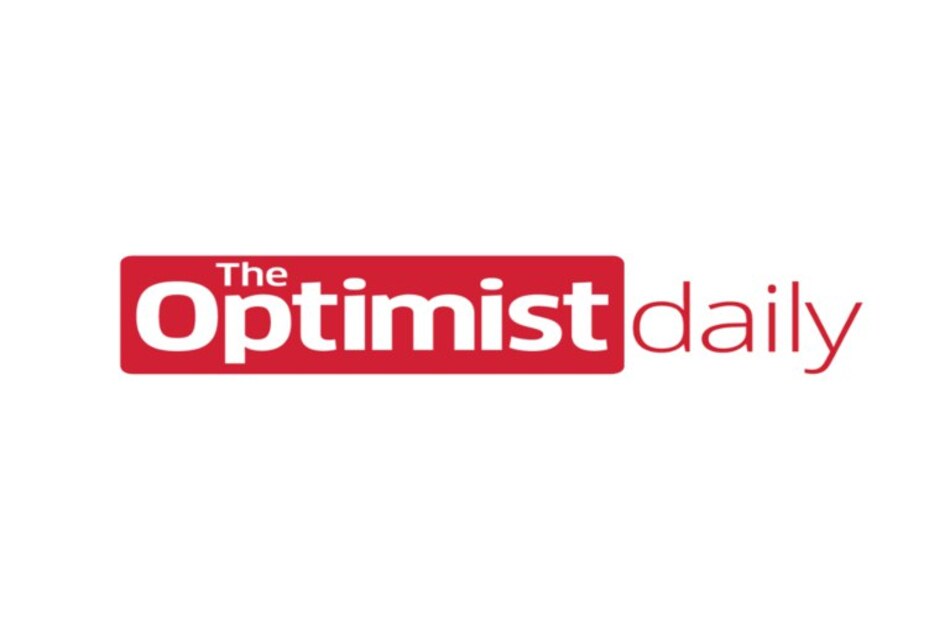Although they are fluffy and sleep for about 20 hours a day, koalas are deceptively difficult to locate. Due to their elusiveness, the Australian government is deploying some new and innovative tools in their nationwide “koala count.”
The Australian government is dedicating 2 million Australian dollars ($1.5 million) to take stock of the country’s koala population. This money is going towards heat-seeking drones, acoustic surveys, detector dogs, and boots on the ground to search out the species.
Previous estimates of Australia’s koala population have put the species at an estimate of over 300,000 in 2016 and as low as 43,000 in 2019. These estimates vary greatly and are compounded by losses to the species in devastating wildfires earlier this year. Due to these factors, the government has decided it’s time for a more extensive count.
Koalas are facing habitat loss and are also highly susceptible to deadly diseases. This count will give researchers and conservationists a more accurate picture of population health and conservation measures to pursue.
Counting koalas doesn’t mean just looking for the animals themselves. Droppings at the base of trees and recordings of their activity on recorders distributed throughout forests can also provide clues to researchers about their presence and abundance. With these tools at their disposal, researchers believe they can accurately count the number of koalas within a 10 percent margin of error.
Although the count is a great place to start for understanding population dynamics and numbers, a coalition of conservation groups has argued that this is not nearly enough action to save the rapidly dwindling populations. This coalition of 23 groups has authored an open letter entitled “Koalas Need More Than a Population Census.” Fortunately, the World Wildlife Fund has also launched its ambitious program to double the koala population in eastern Australia using drones to drop eucalyptus tree seeds in areas ravaged by wildfire. They also created a fund to encourage landowners to create koala havens.
Hopefully, the count will offer a clearer picture of the koala population’s health and encourage the country to allocate more funds towards conservation efforts.











